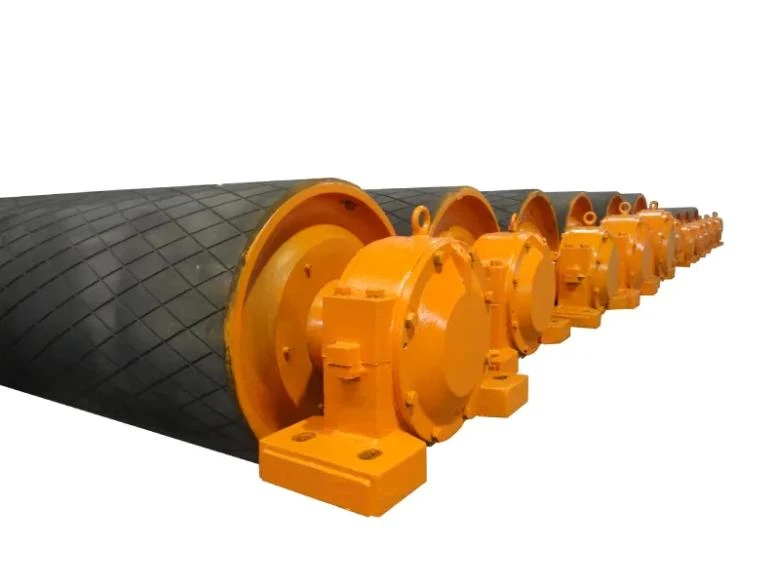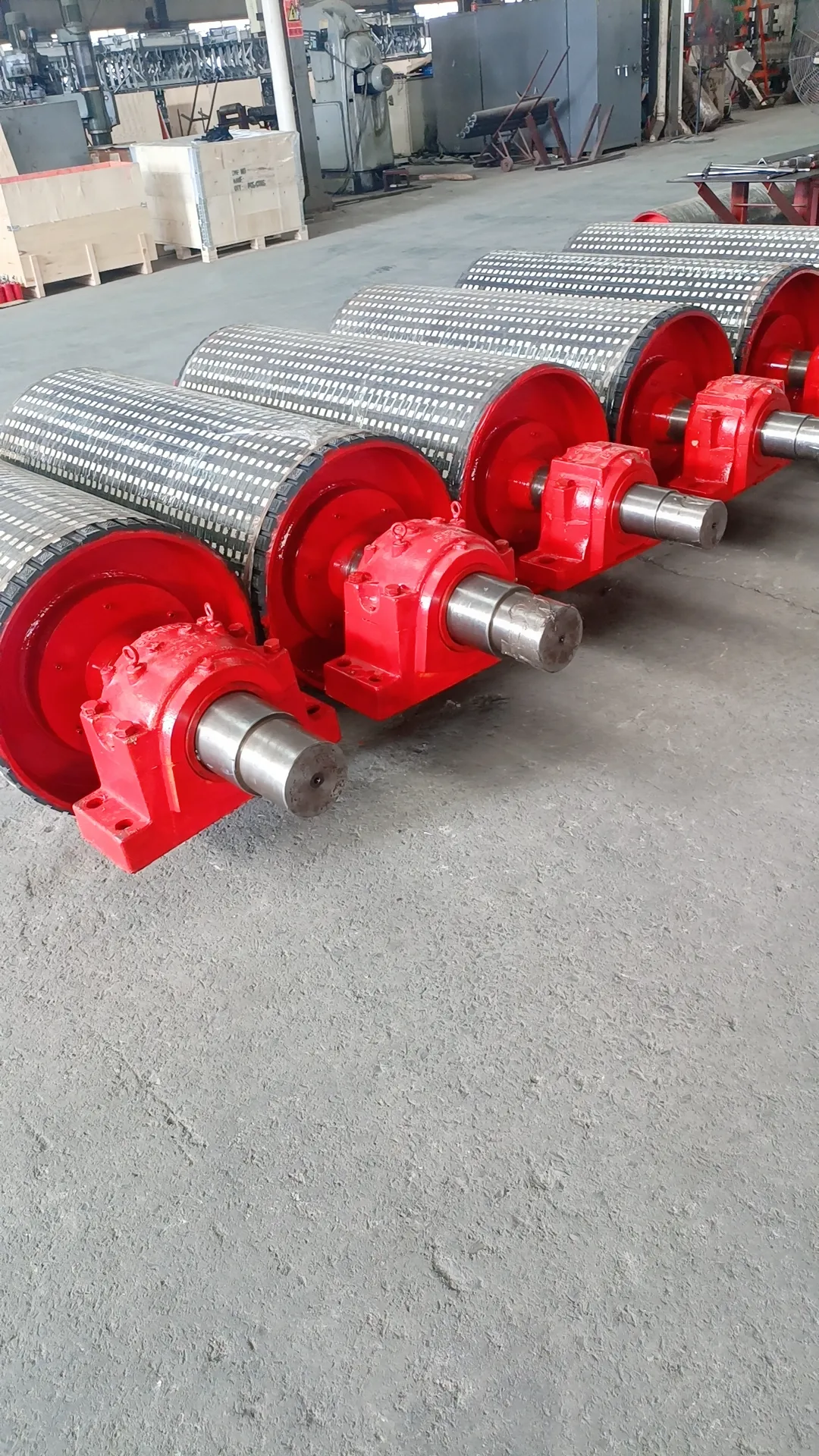 Afrikaans
Afrikaans  Albanian
Albanian  Amharic
Amharic  Arabic
Arabic  Armenian
Armenian  Azerbaijani
Azerbaijani  Basque
Basque  Belarusian
Belarusian  Bengali
Bengali  Bosnian
Bosnian  Bulgarian
Bulgarian  Catalan
Catalan  Cebuano
Cebuano  Corsican
Corsican  Croatian
Croatian  Czech
Czech  Danish
Danish  Dutch
Dutch  English
English  Esperanto
Esperanto  Estonian
Estonian  Finnish
Finnish  French
French  Frisian
Frisian  Galician
Galician  Georgian
Georgian  German
German  Greek
Greek  Gujarati
Gujarati  Haitian Creole
Haitian Creole  hausa
hausa  hawaiian
hawaiian  Hebrew
Hebrew  Hindi
Hindi  Miao
Miao  Hungarian
Hungarian  Icelandic
Icelandic  igbo
igbo  Indonesian
Indonesian  irish
irish  Italian
Italian  Japanese
Japanese  Javanese
Javanese  Kannada
Kannada  kazakh
kazakh  Khmer
Khmer  Rwandese
Rwandese  Korean
Korean  Kurdish
Kurdish  Kyrgyz
Kyrgyz  Lao
Lao  Latin
Latin  Latvian
Latvian  Lithuanian
Lithuanian  Luxembourgish
Luxembourgish  Macedonian
Macedonian  Malgashi
Malgashi  Malay
Malay  Malayalam
Malayalam  Maltese
Maltese  Maori
Maori  Marathi
Marathi  Mongolian
Mongolian  Myanmar
Myanmar  Nepali
Nepali  Norwegian
Norwegian  Norwegian
Norwegian  Occitan
Occitan  Pashto
Pashto  Persian
Persian  Polish
Polish  Portuguese
Portuguese  Punjabi
Punjabi  Romanian
Romanian  Russian
Russian  Samoan
Samoan  Scottish Gaelic
Scottish Gaelic  Serbian
Serbian  Sesotho
Sesotho  Shona
Shona  Sindhi
Sindhi  Sinhala
Sinhala  Slovak
Slovak  Slovenian
Slovenian  Somali
Somali  Spanish
Spanish  Sundanese
Sundanese  Swahili
Swahili  Swedish
Swedish  Tagalog
Tagalog  Tajik
Tajik  Tamil
Tamil  Tatar
Tatar  Telugu
Telugu  Thai
Thai  Turkish
Turkish  Turkmen
Turkmen  Ukrainian
Ukrainian  Urdu
Urdu  Uighur
Uighur  Uzbek
Uzbek  Vietnamese
Vietnamese  Welsh
Welsh  Bantu
Bantu  Yiddish
Yiddish  Yoruba
Yoruba  Zulu
Zulu Ceramic & Rubber Lagging for Conveyor Pulleys Durable Grip
- Overview of Rubber Lagging Solutions for Industrial Pulleys
- Technical Superiority: Friction & Wear Resistance Data
- Performance Comparison: Top 5 Manufacturers (2024)
- Customization Strategies for Specific Operational Needs
- Real-World Applications in Mining and Material Handling
- Maintenance Protocols to Extend Service Life
- Future Trends in Conveyor Pulley Protection

(rubber lagging for conveyor pulley)
Enhancing Efficiency with Rubber Lagging for Conveyor Pulley Systems
Modern conveyor systems require rubber lagging for conveyor pulley
s to achieve optimal grip and energy transfer. Industry data reveals that properly lagged pulleys reduce belt slippage by 42-58% compared to bare metal surfaces (Conveyor Engineering Society, 2023). The CERAMIC RUBBER PULLEY variant demonstrates even greater performance, with hybrid materials delivering...
Technical Advantages in Friction Management
Advanced polymer compounds enable:
- Dynamic friction coefficients of 0.45-0.68 (ISO 9856 standard)
- 70% reduction in spark generation versus steel-on-steel contact
- Temperature tolerance from -40°C to 120°C
Third-party testing confirms that drum pulley rubber lagging maintains 89% of initial thickness after 15,000 operational hours in abrasive environments.
Manufacturer Performance Benchmarking
| Brand | Friction Coefficient | Abrasion Index | Temp Range | Customization | Price Range |
|---|---|---|---|---|---|
| Standard OEM | 0.38 | 120 mm³ | -20°C~80°C | Limited | $$ |
| CERAMIC RUBBER PULLEY | 0.62 | 35 mm³ | -40°C~130°C | Full | $$$$ |
| Premium Hybrid | 0.58 | 42 mm³ | -30°C~110°C | Moderate | $$$ |
Tailored Solutions for Operational Demands
Custom rubber lagging for conveyor pulley configurations address:
- Ceramic insert patterns (6mm/9mm/12mm spacing)
- Groove designs: diamond, herringbone, or custom traction profiles
- Multi-layer composite builds for impact resistance
Case study: A Canadian mining operation achieved 22% longer lagging life through site-specific compound blending.
Industry Applications and Performance Metrics
The CERAMIC LAGGING RUBBER PULLEY demonstrates exceptional results across sectors:
- Coal Handling: 63% reduction in belt replacement frequency
- Iron Ore Processing: 850-hour increase between maintenance cycles
- Port Operations: 17% energy savings through improved traction
Proactive Maintenance Framework
Optimal performance of drum pulley rubber lagging requires:
| Parameter | Inspection Frequency | Acceptable Threshold |
|---|---|---|
| Surface Wear | 250 hours | ≤15% thickness loss |
| Adhesion Integrity | 500 hours | 0% delamination |
| Contamination Level | 100 hours | <3% surface coverage |
Innovation Pathways in Pulley Lagging Technology
Emerging developments in rubber lagging for conveyor pulley systems include graphene-enhanced compounds showing 200% improvement in thermal conductivity during prototype testing. The integration of smart sensors with CERAMIC RUBBER PULLEY configurations enables real-time wear monitoring, potentially reducing unplanned downtime by 38-45% according to preliminary industry estimates.

(rubber lagging for conveyor pulley)
FAQS on rubber lagging for conveyor pulley
Q: What is the purpose of rubber lagging for conveyor pulleys?
A: Rubber lagging protects conveyor pulleys from wear, enhances friction between the belt and pulley, and prevents slippage. It also reduces maintenance costs by extending pulley lifespan.
Q: How does CERAMIC RUBBER PULLEY lagging improve performance?
A: Ceramic rubber pulley lagging combines embedded ceramic tiles with rubber for superior abrasion resistance and grip. It is ideal for heavy-duty, high-tension, or wet environments.
Q: When should drum pulley rubber lagging be replaced?
A: Replace drum pulley rubber lagging when visible cracks, excessive wear, or loss of traction occurs. Regular inspections help identify early signs of degradation.
Q: What are the benefits of ceramic lagging over standard rubber lagging?
A: Ceramic lagging offers higher durability, better resistance to harsh materials, and improved grip in challenging conditions. Standard rubber lagging is cost-effective for less demanding applications.
Q: Can rubber lagging be applied to existing conveyor pulleys?
A: Yes, rubber lagging can be retrofitted onto existing pulleys through vulcanization or cold bonding. Proper surface preparation ensures strong adhesion and performance.
-
Why Choose Polyurethane Rollers for Your Conveyor Systems?NewsMay.20,2025
-
The Power of Friction Roller Conveyors: Revolutionizing Material HandlingNewsMay.20,2025
-
Smart Rubber Idler RollersNewsMay.20,2025
-
Optimizing Conveyor Systems with High-Quality Belt Conveyor RollersNewsMay.20,2025
-
Durable Pulley Lagging ChoicesNewsMay.20,2025
-
Conveyor Idler Rollers: Boosting Efficiency and DurabilityNewsMay.20,2025





























